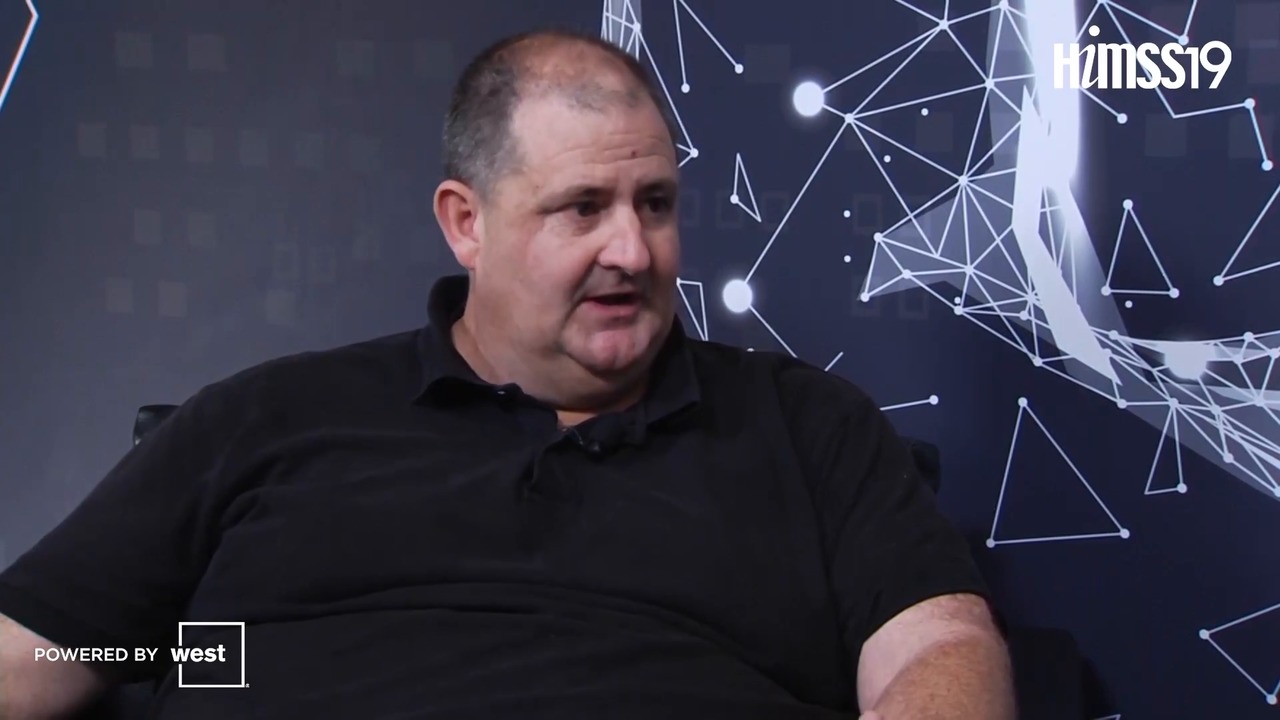news
Application programming interfaces enable information systems to communicate and transfer data among each other.
Depending how it is configured, an API can enable a system to send or retrieve data that can update an individual’s record or provide collective data that can be used to create reports. An API also can send information from one system to another.
A healthcare provider organisation, for example, can input a patient’s information into a system that works with insurance companies and nearly automatically determine the patient’s coverage for a specific procedure or medication. That is enabled by an API.
APIs have a big part to play in health IT interoperability in the years ahead, especially as the data exchange rules of the 21st Century Cures Act encourage their standardisation and proliferation across the healthcare ecosystem. Here, some API experts point the way forward for APIs and describe where they can be of most help.
THE STORY BEHIND HEALTHCARE APIs
Interoperability, at its core, is a reflection of the healthcare industry’s need to coordinate care for patients across an increasingly large subset of players in a way much better than it currently can, said Jeff Becker, Senior Analyst of Healthcare Strategy at consulting giant, Forrester Research.
“Prior to EHRs, interoperability was managed through phone calls and fax machines,” he noted. “For example, physician practices would call the local hospital to schedule an elective procedure, fax the patient’s chart over, and then coordinate pre-surgical screening for the patient. On the morning of the surgery, the patient’s paper chart would have a copy of their presurgical test results alongside a history and physical examination performed by the surgeon in the days or weeks leading up to the procedure.”
Today, this use case has significantly expanded in complexity. Health systems may be running one EHR in the office, a second in the hospital, the anesthesiology department may be leveraging a third, and before the patient even leaves the OR, their vital clinical data is spread across a multitude of disconnected data silos.
“When that patient rolls into the recovery unit, even today, the full clinical picture of what has happened to the patient thus far is not always clear,” Becker explained. “At discharge, this patient may go to an inpatient rehabilitation unit, a skilled nursing facility, or home under the purview of a home health agency or a remote monitoring program, further fracturing the full, end-to-end clinical story of this patient’s encounter into more data silos.”
As financial reimbursement continues to be more directly pinned to outcomes improvements and reduced readmissions, each of these post-acute healthcare delivery organisations will want a full picture of the patient story, and for that, the industry needs more robust interoperability standards, Becker contended.
ENTER APIs
“Enter APIs,” Becker said. “The FHIR API framework is a common language that all of these disparate players can use to facilitate more meaningful exchanges between these systems. A babel fish in your intergalactic cantina.”
APIs also are being deployed within business intelligence platforms to create a centralised, 360-degree view of the patient. While far from perfect, these APIs represent a framework for solving complex clinical problems, Becker contended. They also offer a space where business cases for future interoperability capabilities can be discussed and designed, he added.
One can look at APIs in another way. For example, some of the most successful technical specifications like HTTP are adopted across the developer community and all Internet-enabled apps are using the HTTP/Internet standard; it just works, said Daniel Kivatinos, COO and Co-Founder of DrChrono, a vendor of EHR, revenue cycle management and practice management technology.
“Healthcare should have a standardisation like this at an API level,” he said. “Apps should be able to get data from any other app through a known protocol and standard. In doing so, antiquated old formats like HL7 will fall away, saving costs.”
API CHALLENGES
While APIs may seem like a panacea to many interoperability problems, there are challenges to working with them, and they alone won't be able to cure those ills.
“It goes without saying that APIs have closed the gap in many ways on how information is sent, retrieved and processed,” said Jay Bercher, Deputy Program Manager at Solutions By Design II, an IT system modernisation company that has helped the Department of Health and Human Services with application transformation and other IT services.
“However, some technological gaps have appeared. As there is a lack of data standards in the industry and multiple technologies, APIs must be created custom to the need of the service it is providing for each system.”
That means that it’s likely that a system may have multiple APIs, each connecting to a different service, he explained. The work may or may not be heavily involved, but the management of that API can be tedious as systems are upgraded and replaced, he added.
“Data sources, attributes and technologies can change with upgrades and replacements, thus creating the need to reinvent the ETL – extract/transform/load – scripts,” Bercher said. “And if a system utilises a lot of APIs, transforming data into a readable form can take months or years.”
Additionally, API testing can be a challenge. In addition to the headache of coordinating tests among different companies and agencies, healthcare systems can have a complex data flow across multiple environments that may not be replicated in test environments, he added.
“Therefore, developers and architects must determine a method of testing the API to ensure it provides accurate downstream results,” Bercher said.
OLD METHODS
There still are on-premise EHR vendors that continue to do everything through remote log-in and transferring data sets through secure FTP flat files; this is an older way of accessing medical records and moving data from place to place, Kivatinos of DrChrono said.
“One challenge across the industry is that many vendors are using and still buying older technology that is not API-enabled,” he said. “It is imperative that we move away from a locally only installed on-premise model to more of a cloud-based model where the health tech industry can enable APIs.”
Another challenge is standardisation. The most significant limitation to APIs is the lack of standardisation around how they are implemented, Becker of Forrester Research said.
“Implementation standards are available for frameworks like FHIR, but not enforced or widely adopted,” he said. “EHR vendors are free to implement subsets of an API framework, and within the subset that is implemented, there is variation within what specific data elements will be returned when called. A lack of control over implementation of these standards will leave CIOs needing to create one-off solutions based on the broad variation in API implementations.”
And another challenge Becker identified is backward compatibility.
“Standards like FHIR are only just now becoming backward compatible, leaving CIOs and vendors unsure of whether resources leveraged in a solution today will still work when the next version is released,” he explained. “With an 18-24 month update schedule, this causes perpetual instability in software designs. This problem has the attention of the HL7 community and with this year’s release of version 4, the first resources within FHIR were made backward compatible.”
THE FUTURE OF APIs AND INTEROPERABILITY
A few years down the road, healthcare APIs will have evolved into an even more helpful tool, the experts contended.
“Business cases for next-generation data exchange are driving the future of APIs,” Becker said. “Expect FHIR to work toward a fully backward compatible standard, while the industry at large pressures vendors to adopt a standardised implementation model. Beyond this, compelling new work groups are emerging such as the DaVinci project, to support payer-provider data sharing.”
These resources will enable payers and providers to more effectively coordinate care at the chronic disease management and population health levels, he added. The same demand for interoperability support will emerge as life sciences vendors continue to pursue outcomes-based reimbursement models and advanced post-market surveillance capabilities, he said.
The healthcare industry cannot optimise interoperability without creating data and adhering to data standards; this initial step can take the industry to a whole new level of interoperability and consumption, Bercher of Solutions By Design II said.
“The result of standardised data is an easy-to-use and easy-to-understand, cohesive data set,” he explained. “This data can provide a new level of insight into the needs of patients, providers, producers and facilities, which can help the industry make more informed decisions than they currently can. This data can then guide the industry to standardise new data points, which will continue to the path of increased insight.”
More important, though, is the impact that this data can have on policies that provide guidance and regulate the industry, he added.
Through APIs, the healthcare industry will allow patients to move from one place to another, easily transferring data from place to place, allowing patients and doctors to get more insight about a patient’s health, Kivatinos said.
“APIs will allow a true Internet of Things experience where patients can use a device like a blood pressure cuff or glucose meter, allowing the patient to transfer the data into their medical record and other places with ease,” he said.
“Various data sources like genomics and lab data will be transferable because of APIs," he added. "Providers will be able to give more precise care based on all of the data being accumulated from APIs coming in from apps and hardware. APIs have a bright future in healthcare.”
This article first appeared in the global edition of Healthcare IT News.

